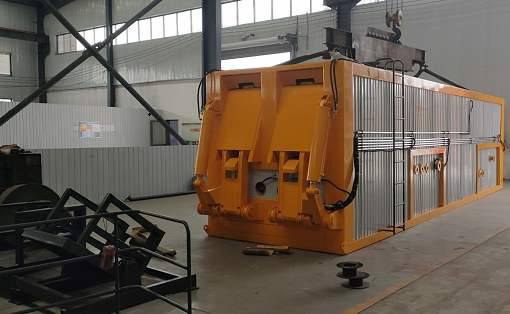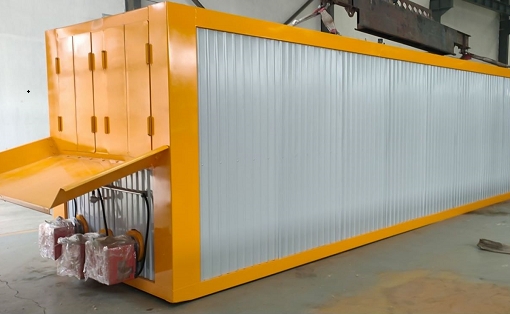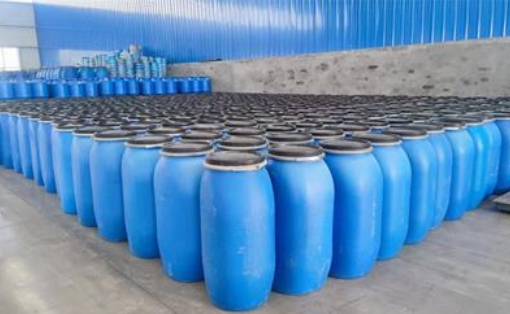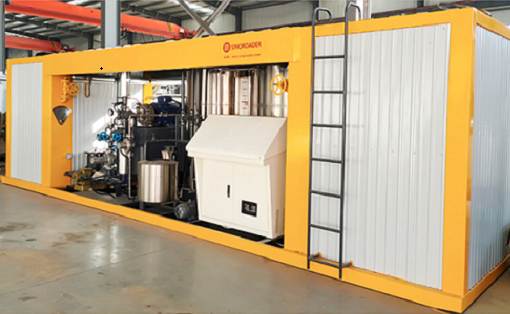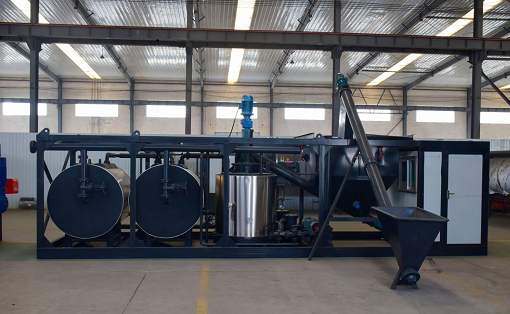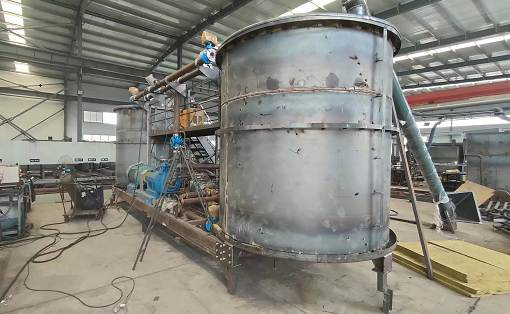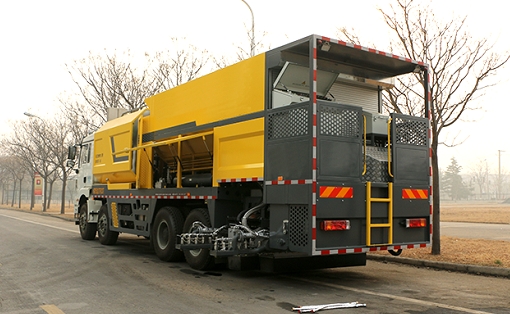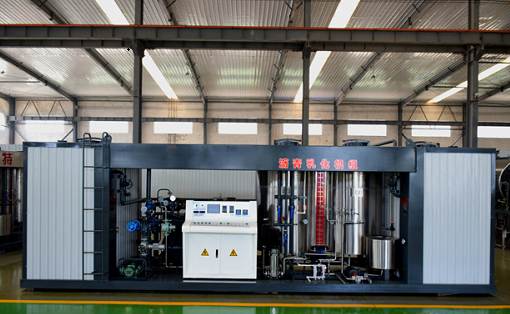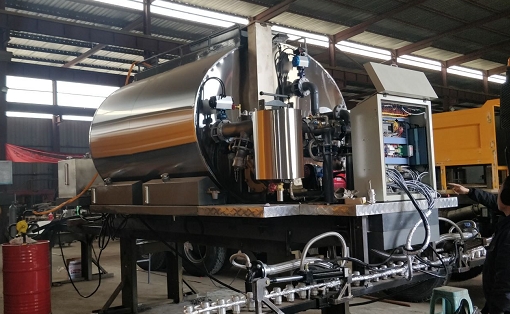Application of asphalt melting equipment in road construction
Asphalt melting equipment is an important road construction tool used to heat asphalt to the appropriate temperature for construction. It can provide reliable solutions and make road construction more convenient. The working principle of this equipment is to heat the asphalt to the appropriate temperature through a heater, and then transport the hot asphalt to the construction site through a conveying system.
Asphalt melting equipment is an important road construction tool used to heat asphalt to the appropriate temperature for construction. It can provide reliable solutions and make road construction more convenient. The working principle of this equipment is to heat the asphalt to the appropriate temperature through a heater, and then transport the hot asphalt to the construction site through a conveying system.
In road construction, asphalt melting equipment is mainly used for paving and repairing road surfaces. It heats cold asphalt blocks to a softened state and then spreads them evenly on the road surface through a paver. Additionally, it can be used to repair damaged roads by injecting hot asphalt into damaged pavement to fill cracks or depressions.
The use of asphalt melting equipment can improve the efficiency of road construction, reduce labor and time costs, and ensure the quality and durability of the road surface. At the same time, it can also help reduce environmental pollution, because modern asphalt melting equipment is generally more energy-efficient and environmentally friendly than traditional hot coal furnaces.
In short, asphalt melting equipment plays an important role in road construction and is an integral part of the road construction process.
By using this equipment, we can complete road construction tasks more efficiently while ensuring the quality and service life of the road surface.


